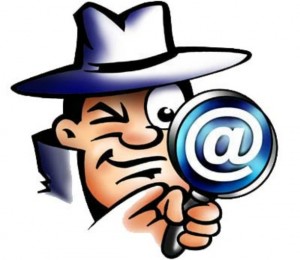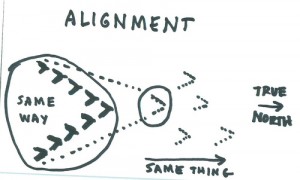Marketing Automation for Agencies Just Got Easier
Lead Liaison introduces a powerful, yet easy to use marketing automation for agencies solution with frictionless go-to-market options.
Lead Liaison has released an enhancement to its marketing automation solution for agencies. Marketing agencies of all sizes can now boost their digital service offerings with a professional-grade marketing automation platform at the core of their business at affordable prices.
According to manta.com, there are close to 135,000 Advertising & Marketing Companies in the United States alone. Now, all of these companies have an ideal sales and marketing automation platform to help manage their customers multi-channel marketing across a variety of online and offline channels in a very targeted way. Lead Liaison’s Revenue Generation Software® helps agencies automate web, email, direct mail (postcard), social media, SMS and promotional marketing using a drag and drop interface that’s simple, intuitive and powerful.
Lead Liaison’s marketing agency solution is vastly different from competing solutions offered by other marketing automation providers like Marketo, Eloqua or HubSpot. First, Lead Liaison offers a disruptive business model. Instead of gouging customers with various editions and escalating prices Lead Liaison delivers a single platformwith cost predictability – helping agencies go to market with less friction. Second, Lead Liaison provides the best value-per-dollar with enterprise-level software at small business prices; usually a fraction of what a marketing agency would pay another vendor for similar services. Marketing agencies can take a deep breath knowing they’ve got lower total cost of ownership with an easier solution to manage, lower fees, better digital marketing services and ultimately, peace of mind.
The catalyst for the enhancement is a new feature from Lead Liaison that makes it easy for marketing agencies to manage multiple accounts. A marketing agency administrator can dynamically switch between multiple end-customer accounts, just like switching between email accounts using Google Mail. Marketing agencies can also favorite accounts to have them appear below their login and selectively assign accounts to account managers, making it easy for account managers to work with their client pool.
On the short-term horizon is even more good news for marketing agencies looking to dive into marketing automation. The ability to white label, also known as private label, Lead Liaison’s software to keep tighter control of their customer base and retain brand experience.
For more information see Lead Liaison’s Marketing Automation for Agencies page.
About Lead Liaison:
Lead Liaison provides cloud-based marketing and sales automation solutions that help businesses worldwide attract, convert, and close leads. The company markets to small to mid-sized businesses and focuses on providing a user-friendly and innovative Revenue Generation Software® platform. Their software delivers powerful solutions that accelerate sales, improve efficiency and build stronger relationships with prospects, customers and partners through the use of automated processes.
Press inquiries:
Amber Turrill
VP, Corporate Communications
corporate(at)leadliaison(dot)com
888.895.3237 (888 89 LEADS)










